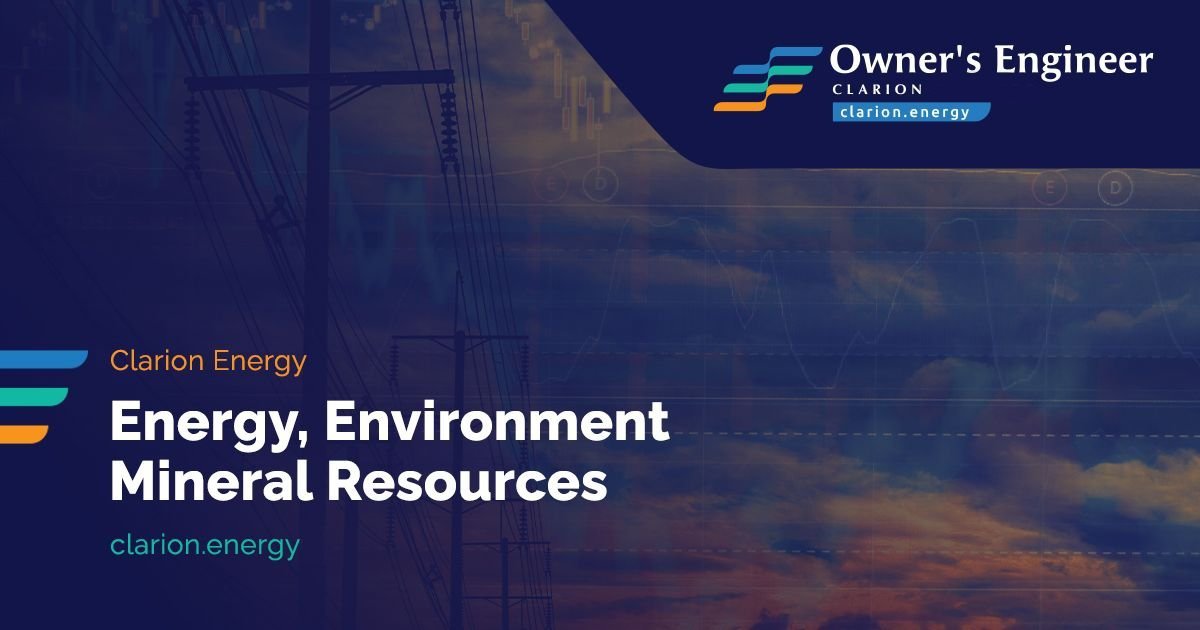IMIC-1 well at the Parta onshore perimeter in Romania is blocked, said UK-based Reabold Resources. Well may require reservoir acidization to enhance flows. The statement from the company said that mud filtrate build-up around the well bore has potentially occurred resulting in reservoir fluids being blocked due to mud ingress into the reservoir and the build-up of non-permeable filtrate from drilling mud. The damage can be overcome with acidization, which is a routine practice within these reservoirs in the Pannonian basin.
In April, Reabold Resources said that it delayed the testing of its IMIC-1 well at the Parta license due to restrictions enforced by authorities because of the COVID-19 pandemic. Regarding its other well at the site, IMIC-2, Reabold said it has commenced preparations with local contractors for its drilling, which is planned in the third quarter of 2020. The IMIC-2 well has a planned total depth of 2,200 meters with approximately 23 days to drill and evaluate. The program at Parta license is carried out by Danube Petroleum, in which Reabold has a 50.8 % equity interest. Last September, Reabold Resources announced that it will increase its stake in Danube Petroleum to 41.6 from 37.5 % via a subscription for new ordinary shares. The remaining 58.4 % is held by Australian ADX Energy. The company made this decision in light of a recent discovery of oil and gas at Iecea Mica 1 (IM-1) appraisal well, within the Parta onshore perimeter in Romania. Reabold’s co-CEO Sachin Oza said that the company retained our option to invest another 2 million pounds at a fixed price, with the potential to increase its equity position significantly, and likely in support of the funding of the IM-2 well. Previously, the two companies announced that they have found hydrocarbons within Iecea Mare onshore perimeter in Romania, after completing the drilling at the Iecea Mica-1 well. The statement from the companies said that the well is now being prepared for production testing. ADX Energy also said that said it now estimates 2C contingent resources of 20 billion cubic feet, up from a previous 6.1 billion.












